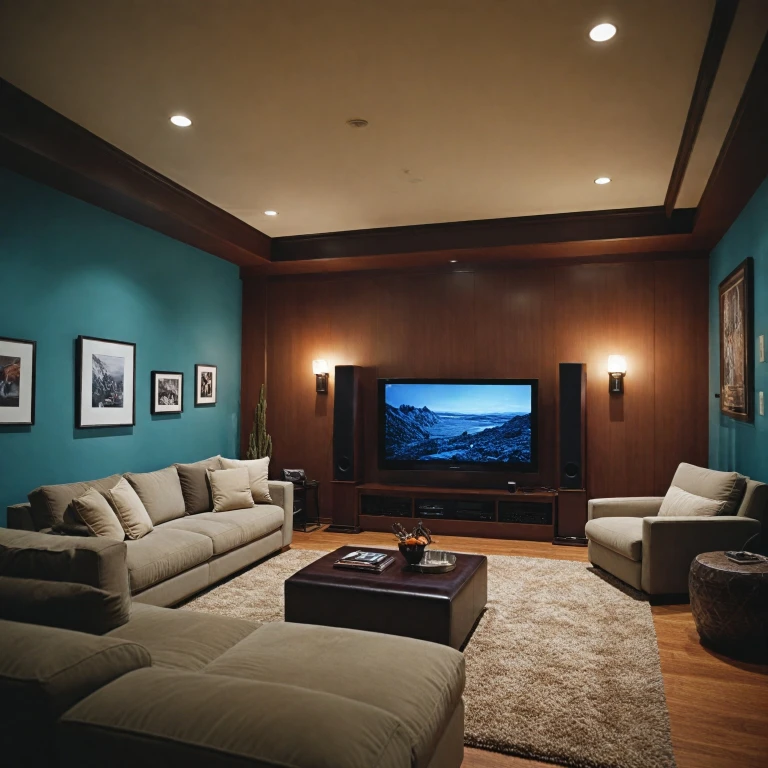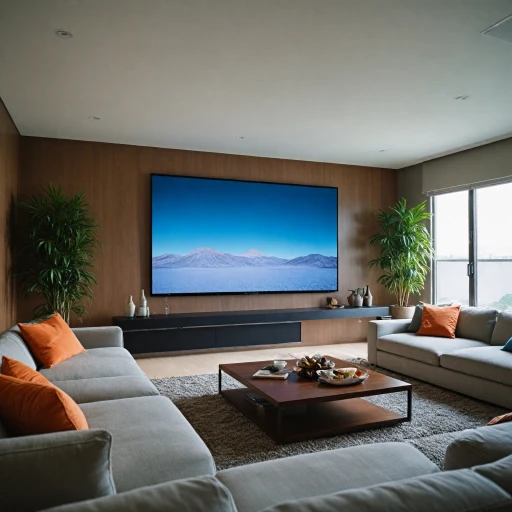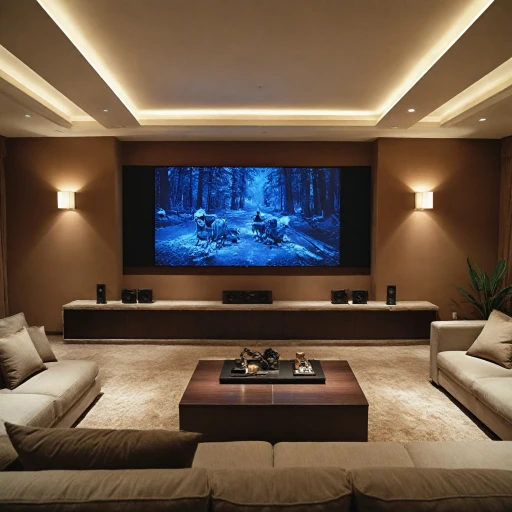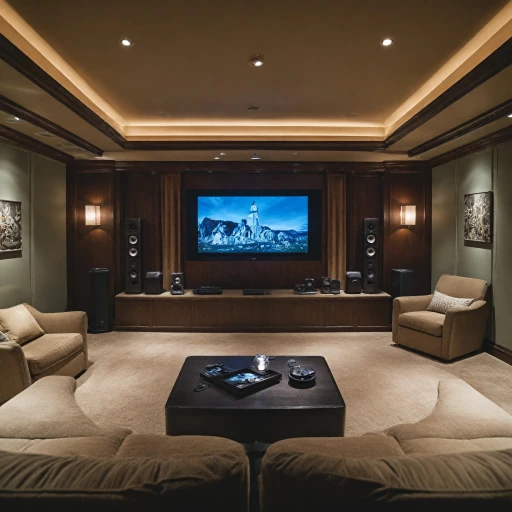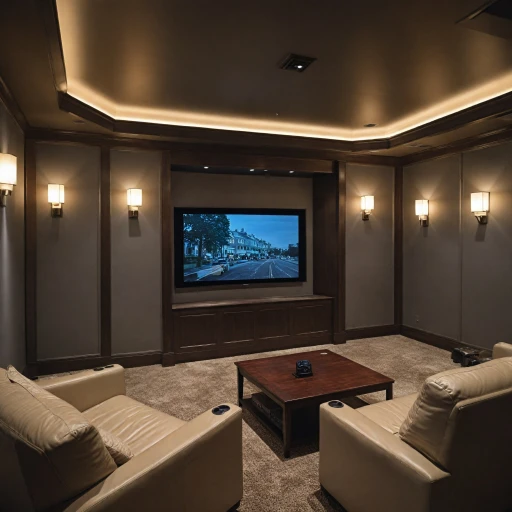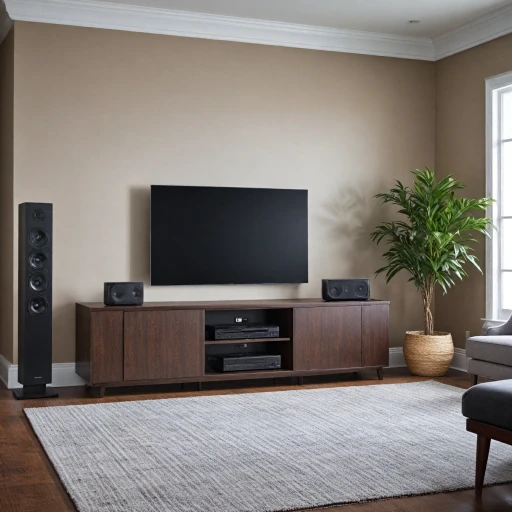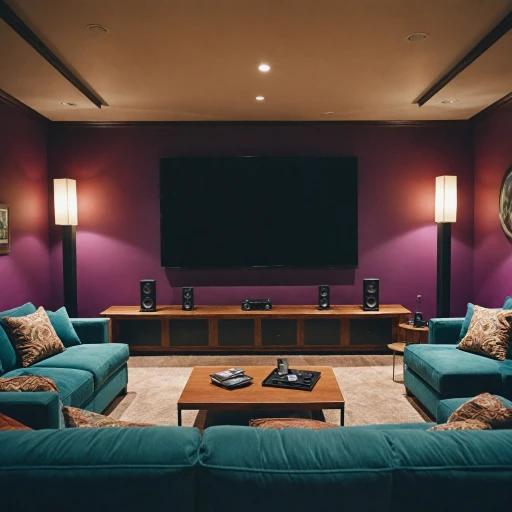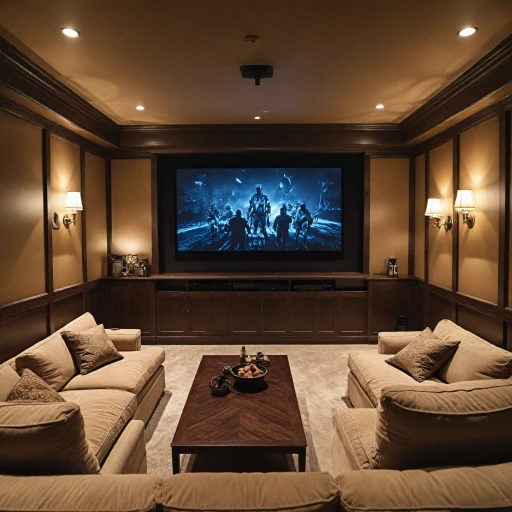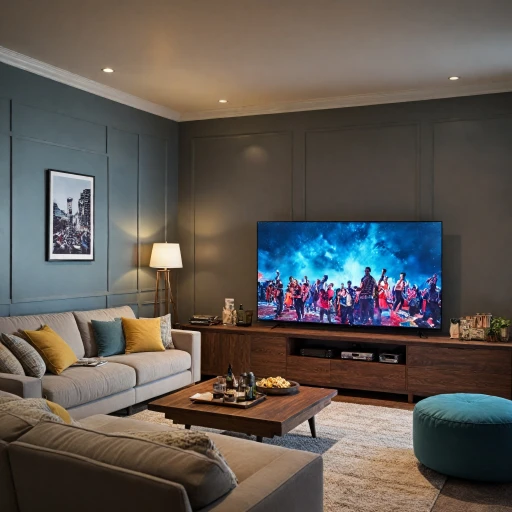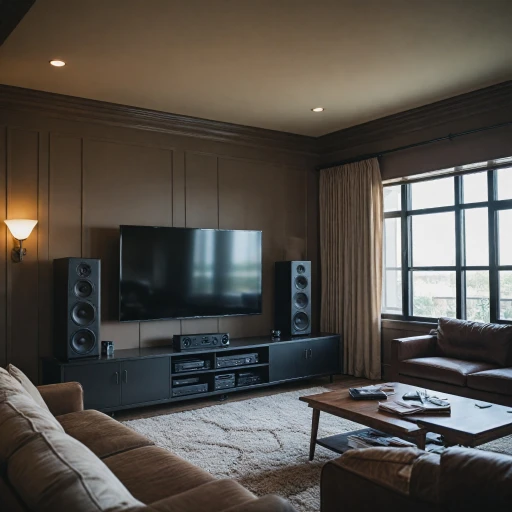Understanding the Role of a Bass Shaker
Unleashing the Power of Immersive Sound
In the world of home theater systems, audio plays a crucial role in delivering a truly immersive experience. While high-quality speakers and subwoofers are essential, integrating a bass shaker can elevate your audio setup to a new level. A bass shaker, often referred to as a tactile transducer, is designed to convert low-frequency audio signals into tangible vibrations that you can feel, enhancing the theater experience right from your couch or seat.
Beyond traditional speakers, a bass shaker focuses on the tactile bass aspect, adding an extra dimension to sound effects in movies and music. These tactile transducers work by attaching to surfaces such as seats or sofas and transferring the sound-induced vibrations directly to your body, making you feel the roar of engines or the rumble of an explosion.
While bass shakers like Dayton Audio and the AST Pro models are popular choices, a wide variety of pro bass shakers offer different levels of shaker watts and power capabilities. Choosing the right one involves considering factors such as watts RMS, the power needed, and compatibility with your existing audio equipment. Each system's capability to transform standard audio into powerful, body-shaking sensation is what sets them apart from regular audio fixtures.
For those seeking to optimize their home theater experience, understanding the intricacies of a bass shaker and its integration can significantly enhance your enjoyment. Additionally, they work seamlessly with existing theater speakers to create a full-bodied audio atmosphere that engages all senses.
Benefits of Integrating a Bass Shaker
Amplify Your Audio Sensations
Integrating a bass shaker into your home theater doesn't just enhance sound; it amplifies the entire entertainment experience by bringing tactile sensations to life. A bass shaker, or tactile transducer, creates physical vibrations by locking onto low-frequency sounds, like bass, which are often felt rather than heard. By channeling energy directly into your seating arrangements such as your couch, these shakers provide a deeper, more immersive sound experience.
- Richer Audio Experience: Elevate your theater audio with enhanced tactile feedback. Feel the roar of an engine or the mighty crash of a wave with every scene.
- Reduced Need for High-Power Subwoofers: While subwoofers can deliver powerful bass, a bass shaker allows you to experience the same effect without needing speakers with a high watts rms rating.
- Room-to-Room Versatility: Because bass shakers are installed in seating rather than the room's periphery, they offer consistent performance, undistorted by the room's shape or size.
By integrating bass shakers with your existing system, the dynamics of sound and feeling come together harmoniously. Brands like Dayton Audio offer popular options like the Dayton Audio BST, providing high power capabilities at an accessible price point, often featuring free shipping.
Understanding the full benefits involves knowing how to merge these devices with your current setup. Consider reading more about choosing the right speakers with wall mounts to complement your tactile upgrades.
Choosing the Right Bass Shaker for Your Setup
Identifying the Ideal Tactile Experience
When it comes to elevating your home theater system with a bass shaker, selecting the right one for your setup is crucial. Bass shakers, also known as tactile transducers, are designed to enhance your audio experience by creating vibration effects that correspond to low-frequency sounds. To identify the best options, consider the following factors:
- Power Requirements: It's essential to match your bass shaker's power needs with your amplifier's capabilities. High power models can deliver greater tactile feedback but ensure your setup can handle the watts rms output required.
- Compatibility: Confirm that your chosen bass shaker is compatible with your existing speakers and theater system. Options like the Dayton Audio BST series offer a range of models suitable for various setups.
- Mounting Location: Decide where to mount the bass shakers for maximum impact—commonly mounted on a couch or seating area to deliver direct tactile feedback to viewers.
- Size and Design: Tactile transducers come in different sizes; a mini bass shaker might suit compact spaces, while larger models can provide more robust effects in expansive setups.
By combining these considerations, you can create a powerful and immersive environment that complements your existing sound system, including subwoofers and speakers. For more insights on optimizing your overall audio experience, click expand on upgrading your home theater with strategic projector placement.
Installation Tips for Optimal Performance
Steps to Installing Your Bass Shaker Effectively
Integrating a bass shaker into your home theater setup can take your movie nights to a whole new level. By following the right installation practices, you can maximize the performance of these tactile transducers and ensure a seamless experience.- Placement Considerations
- Start by assessing the structure you intend to attach your bass shaker to, whether it's a couch, platform, or chair. The shaker needs to be mounted securely to ensure optimal transfer of low-frequency vibrations.
- Consider positioning the shaker closer to your seating area. Proper placement affects how tactile the vibrations feel, affecting overall audio immersion.
- Power Requirements
- Know your shakers' power needs. For example, a Dayton Audio BST high-power shaker might require different power than mini bass shakers. Check if they require watts RMS or specific amplifier compatibility.
- Use a dedicated amplifier designed for low-frequency, tactile applications to drive the shakers effectively.
- Mounting Options
- Most shakers come with specific mounting guidelines. Secure the shaker using screws or bolts to prevent unwanted movement or noise.
- For wood installations, pilot drilling can be useful to avoid splitting the material. For other materials, ensure you are using appropriate fasteners.
- Sound and Stability Testing
- After installation, run sound tests to make sure the tactile feedback from the shaker is balanced. Adjust the settings on your amplifier to your preference.
- Test the stability of the installation by increasing the power gradually to ensure your system does not rattle or create unwanted noise.
Pairing a Bass Shaker with Your Projector System
Integrating Your Bass Shaker with a Projector for a Complete Audio Visual Experience
Bringing together your audio system and home theater projector can elevate your viewing experience, combining immersive sound with stunning visuals. By combining a bass shaker with your projector system, you can enjoy an enhanced tactile experience that complements your visual content.- Synchronization: Start by ensuring your audio and visual components are properly synchronized. Connect your bass shaker to your existing audio systems, such as amplifiers or receivers that manage your surround sound setup, ensuring that there's minimal delay between your audio and visual signals.
- Compatibility: Make sure your bass shaker is compatible with your projector. While the bass shaker primarily interacts with the audio output, ensuring that the visual elements are coordinated is crucial in presenting a cohesive experience.
- Placement: Consider strategic placement of your shaker tactile devices. Place them in the optimal positions where they can deliver high-impact bass to your seating, such as your couch or dedicated theater chairs, without obstructing the projector's field of view.
- Calibrating Shakers and Subwoofers: Balance the output of your bst high subwoofers and tactile transducers. By adjusting the low frequency levels of the bass shakers and subwoofers, you can avoid overpowering the visuals or compromising on sound quality.
Troubleshooting Common Issues
Resolving Common Bass Shaker Issues
Integrating a bass shaker into your home theater system can significantly enhance the tactile experience, but sometimes issues can arise. Below are several common problems and solutions to ensure your tactile transducers deliver high-impact performance:
Inconsistent or Weak Vibrations
If your bass shakers are not providing the expected tactile response, it may be due to power issues. Ensure that the amplifier you are using can handle the high power requirements of your model. "Shaker watts" ratings like watts RMS should match the amplifier output. Additionally, check that all connections between the amplifier, shakers, and your audio equipment are secure.
Distortion or Unwanted Noise
Distortion may occur if the tactile bass transducers are overpowered. Adjust the gain settings on the amplifier to prevent signal distortion. Sometimes, repositioning the shakers on the couch or seating area can also eliminate excess vibrations that cause noise.
Overheating Problems
Overheating can reduce the lifespan of bass shakers. Ensure adequate ventilation around the transducers. Products like the Dayton Audio shakers are designed to dissipate heat efficiently, yet still sustain high loads.
Trouble with Low Frequencies
If the bass feels less pronounced, examine the crossover settings of your audio system. Properly configured subwoofers and main speakers can significantly enhance the lower frequencies, allowing your mini bass shakers to focus on the tactile experience without interference.
Effective integration between your audio system and the tactile experience can ensure the best possible home theater feel when using bass shakers. Avoiding these pitfalls will allow you to fully enjoy the depth and immersion intended by your setup.
